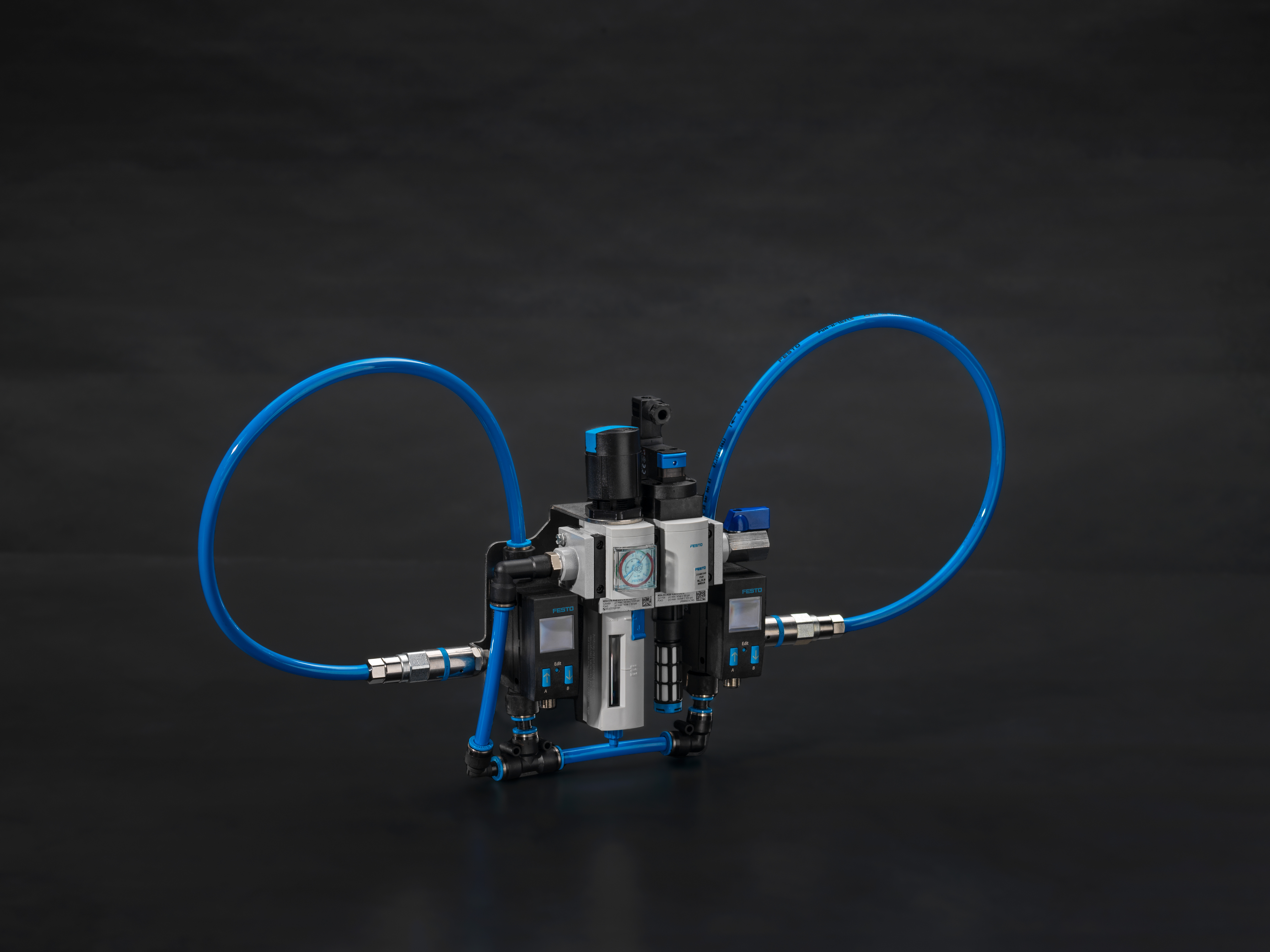We use cookies and other tracking technologies to improve your browsing experience on our website, to show you personalized content and targeted ads, to analyze our website traffic, and to understand where our visitors are coming from.
The concept of air purging in rotary valves is often oversimplified, confined to the idea of protecting the shaft seals. However, air purge systems serve broader, more critical functions—preventing contamination, blockage, excessive wear, and ensuring the longevity of rotary valve components. This article explores the intricacies of air purge systems, highlighting lesser-known applications and offering insights into optimizing these systems for efficiency and reliability.

The misunderstood versatility of air purge systems
Typically, air purge systems are recognized for their role in protecting shaft seals from contamination and wear. Yet, an equally vital application is the prevention of product intrusion into the clearance voids of closed-end disk rotors. By creating an overpressure between the valve's end cover and the rotor end disk, air purging stops product from causing operational issues like squealing, blockage, and excessive wear.
The clearance void between the end disc and end cover often is purged with air to prevent product from building up in the void, this can be combined with air purge on the shaft seals.
The principle of overpressure: maximizing functionality
For air purge systems to be effective, they must maintain an overpressure relative to the process air pressure within the valve. This ensures a continuous flow of air through the seal or end cover void into the valve, effectively pushing the product back and preventing leakage. Traditionally, setting the air purge pressure 0.5 bar above the maximum system pressure has been the norm, but this approach can lead to excessive and costly use of compressed air.
Innovating efficiency: flow control systems
Addressing the challenge of air efficiency, DMN-WESTINGHOUSE has introduced a groundbreaking flow control system. This technology dynamically adjusts air flow to maintain positive pressure, significantly reducing air wastage and accommodating system pressure fluctuations within the rotary valve. More details on this innovative solution can be found in our Solution Highlight.

Timing is everything: when to engage air purge systems
A common oversight in operational settings is the timing of air purge system engagement. For optimal protection and efficiency, the air purge should be activated prior to any pressure changes within the pneumatic conveying system, regardless of whether the rotary valve is in operation. Furthermore, the system should remain active until both the valve stops and there is no longer positive pressure affecting the valve. In cases dealing with fine powders or a head of product above the valve, continuous air purge, even when the valve is idle, should be considered.